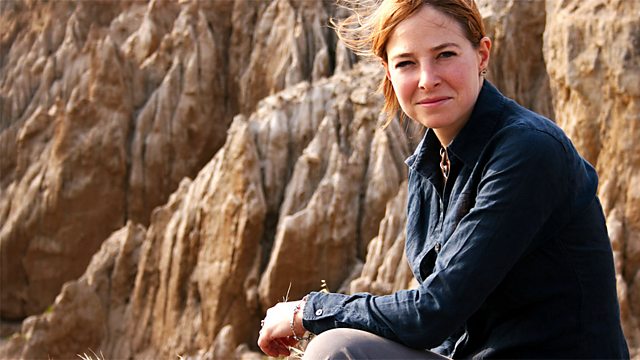Ancient Human Occupation of Britain
The ancient inhabitants of Britain - when did they get here? Who were they, and how do we know? Alice Roberts meets the AHOB team, who have been digging for answers.
The ancient inhabitants of Britain; when did they get here? Who were they? And how do we know? Alice Roberts meets some of the AHOB team, who have been literally digging for answers.
The Natural History Museum's Chris Stringer, is the Director of AHOB, the Ancient Human Occupation of Britain, a project which, over the past 12 years, has brought together a large team of palaeontologists, archaeologists, geologists and geographers, to pool their expertise in order to unpick British History.
Nick Ashton from the British Museum has been in charge of the north Norfolk site of Happisburgh, where the crumbling coast line has revealed the oldest examples of human life in Britain, 400,000 years earlier than previous findings of human habitation, in Boxgrove in Sussex.
The ancient landscape had its share of exotic animals. Hippos have been dug up from Trafalgar Square, mammoths have been excavated from Fleet Street. Professor Danielle Schreve is an expert in ancient mammal fossils, and tells us what these bones reveal about the ancient climate. Less glamorous than the big fossils, the humble vole is so useful and accurate as a dating tool that it has been nicknamed "the Vole Clock."
Carbon dating has improved vastly in the past few years. Rob Dinnis, from Edinburgh University, explains why the AHOB team has been returning to old collections and redating them.
Last on
Broadcasts
- Thu 2 Jan 2014 16:30大象传媒 Radio 4
- Thu 2 Jan 2014 21:00大象传媒 Radio 4
Explore further with The Open University
大象传媒 Inside Science is produced in partnership with The Open University.
Podcast
-
![]()
大象传媒 Inside Science
A weekly programme looking at the science that's changing our world.


